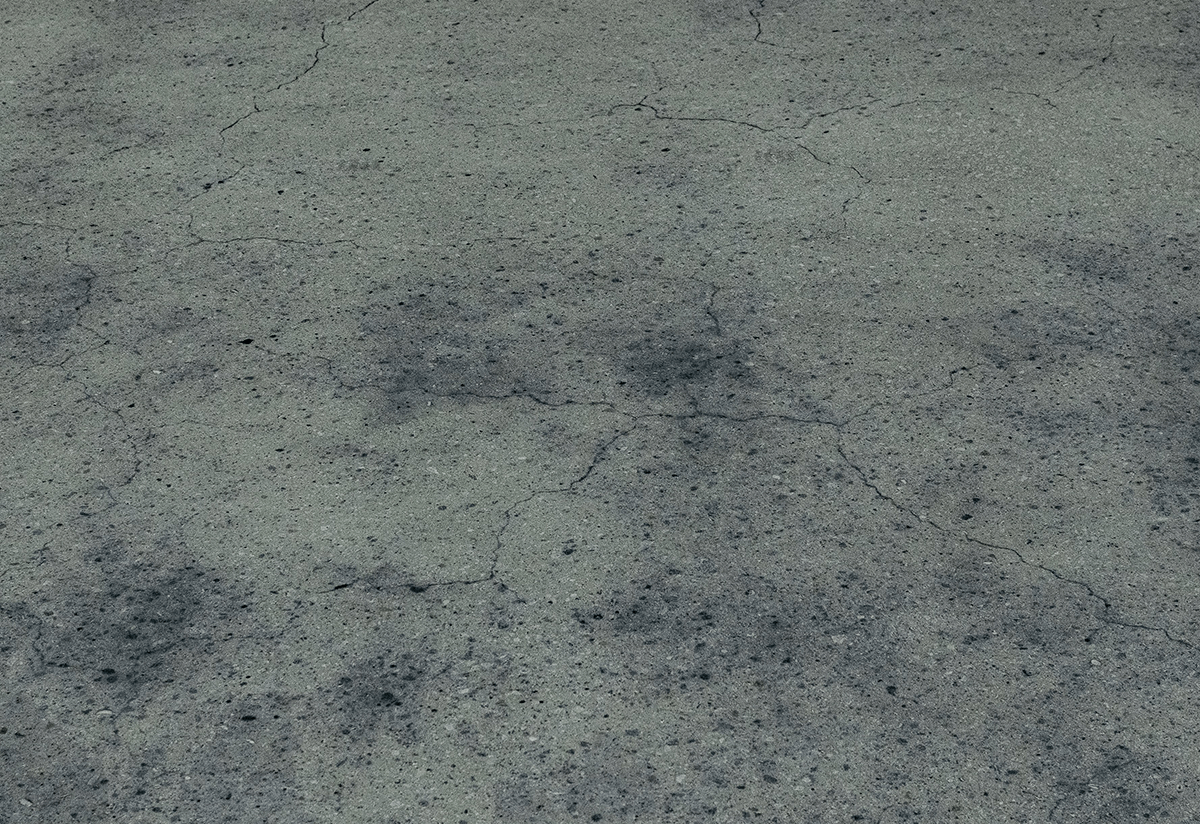Guide to Maintaining Concrete Dust On-Site

Concrete dust doesn't have to be a necessary risk.
Working with concrete comes with a variety of health and safety risks. One of the most easily preventable risks is dust exposure while grinding concrete floors. This dust is harmful over long exposures or when breathed in. Between dust mitigation & prevention, and the collection of concrete dust, there are a few different ways to combat this risk. Concrete dust collection and prevention are essential skills for any flooring contractor working with concrete.
Whether you're installing epoxy, polished concrete or any other flooring system, grinding the base concrete is often a necessary part of the process. What isn't necessary is allowing the generated dust to spread in the air freely. In this guide, we will give you a few tips on how to combat dust at the moment its created, as well as how to collect any excess dust after grinding.
Preventing Concrete Dust
Concrete dust prevention is relatively simple. All it requires is the right tools, and planning ahead. Dust shrouds connected to a specialized vacuum are the most efficient dust prevention method, especially when used in combination with the other solutions. By adding a dust shroud attachment to your grinder and connecting it to a vacuum, you can prevent most generated dust from even having a chance of becoming airborne!
A proper OSHA approved vacuum should be one of your first purchases as a concrete worker. If you do happen to find yourself on the job without one, there are still ways to prevent dust, although much less efficiently. Wetting the concrete before grinding can help reduce the amount of dust that's kicked into the air.
Methods like this are best when combined with other low-effort prevention methods like wearing appropriate safety gear and ensuring good ventilation in your space. These methods should still not be considered safe enough to work in for long periods of time compared to using a vacuum.
Recommended Vacuums & Dust Shrouds
There are dust shrouds and vacuum attachments to fit every need, every grinder size, and every floor. Having a high quality dust shroud is important, because that's what will ensure that the generated dust is sucked up by the vacuum. The Dust Grabber Shroud is a great all-around dust shroud attachment for most needs.
Making sure you have a high quality vacuum is incredibly important for any dust prevention effort. The Dust Control Storm 600 is a perfect tool to control your generated dust on larger projects, such as industrial warehouses. On smaller job sites, you should be well-protected by the Dust Control Tromb 400L.
Collecting Excess Concrete Dust
If dust does become airborne, it's important to manage it as quickly as possible. Ventilation is an easy way to mitigate much of the risk of concrete dust to workers on site, but you will want to vacuum the dust up regardless. If you want to trap the dust until you're ready to vacuum, you can lay a tarp or plastic sheet over the ground floor.
It's important to know how to collect any excess dust, because prevention is never 100% effective. While preventing dust is still the best collection method, using a vacuum, proper ventilation and trapping the dust are all great ways to manage your dust on the job.
Recommended Safety Gear for Concrete Dust
Wearing appropriate safety gear while working on grinding your floor is a great way to add extra protection. While it won't help with reducing the amount of airborne concrete dust, it will help you feel more comfortable, and be safer, while working on collecting that excess concrete dust.
When you follow all of the previously mentioned prevention and collection tips, you can feel safe with just an P95 Mask, gloves and goggles while working with concrete. If the dust is too much for you to prevent or control, you may need even more, like a respirator.
Learn On-Site Safety From Professionals
Here at Polished Concrete University, you will learn the best practices for on-site-safety, grinding, repairing concrete and more! For any start-up flooring contractors looking to achieve certification and get a jump start into this booming industry, this 5-day program is perfect for you. In the course, you will learn:
1. How to be safe when working with concrete
2. Grinding concrete floors
3. Installing a Grind and Seal polished concrete floor
Sign up and get into installing floors today!
Conclusion
It's important to be aware of how you can work with concrete as safely as possible. Preventing possible hazards before they can even become a problem is a guaranteed way to be safer on the job, especially with concrete. If your work involves grinding concrete, or otherwise generating concrete dust, the advice from this article should help you reduce any risk factors that are involved.
Any flooring contractors that have questions regarding safety, working with concrete or finding other resources can contact our technicians at (954) 228-8856 for more help. Any resource you might need for working with concrete floors, or installing epoxy, you can find at competitive prices on our EpoxyETC store.




Comments